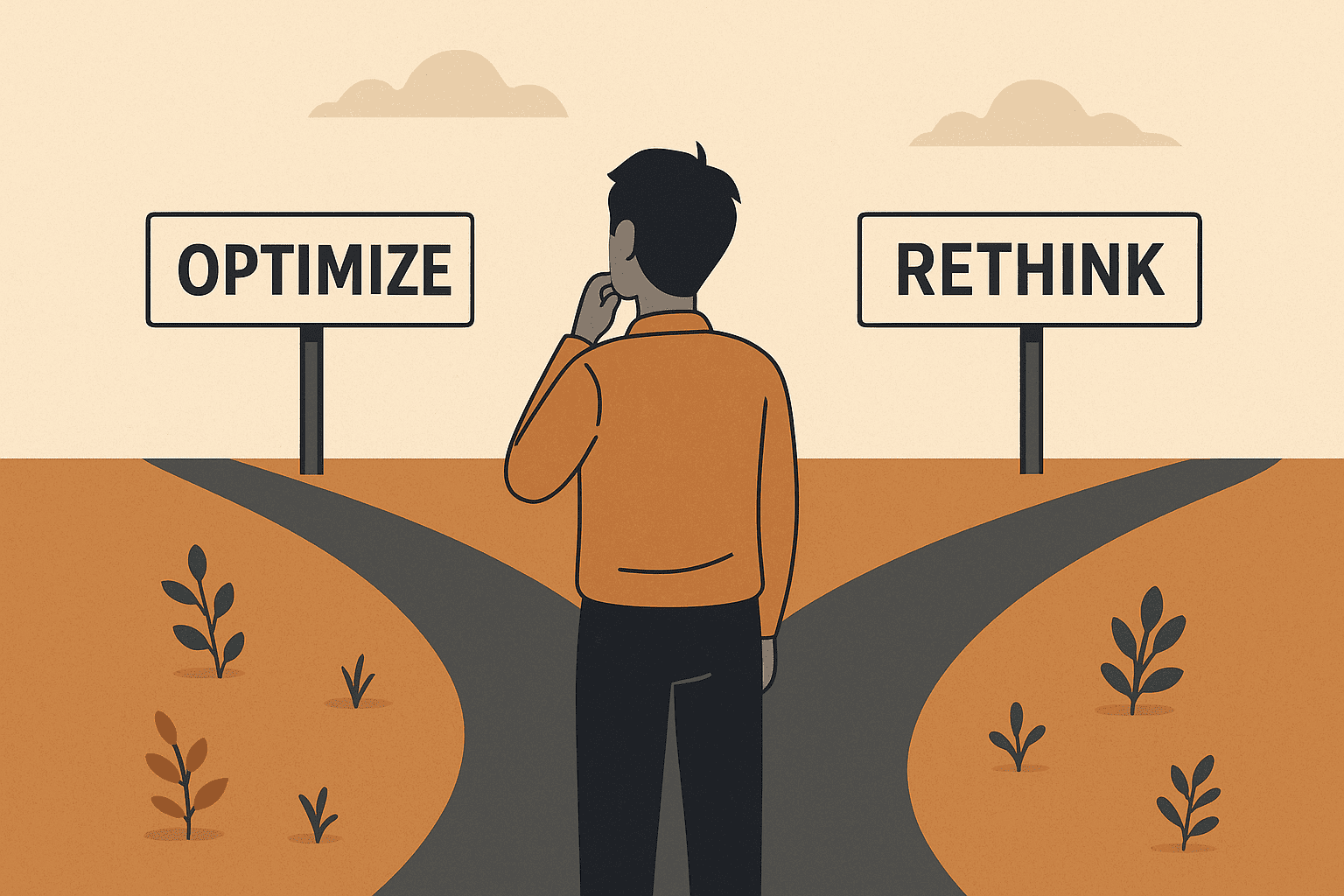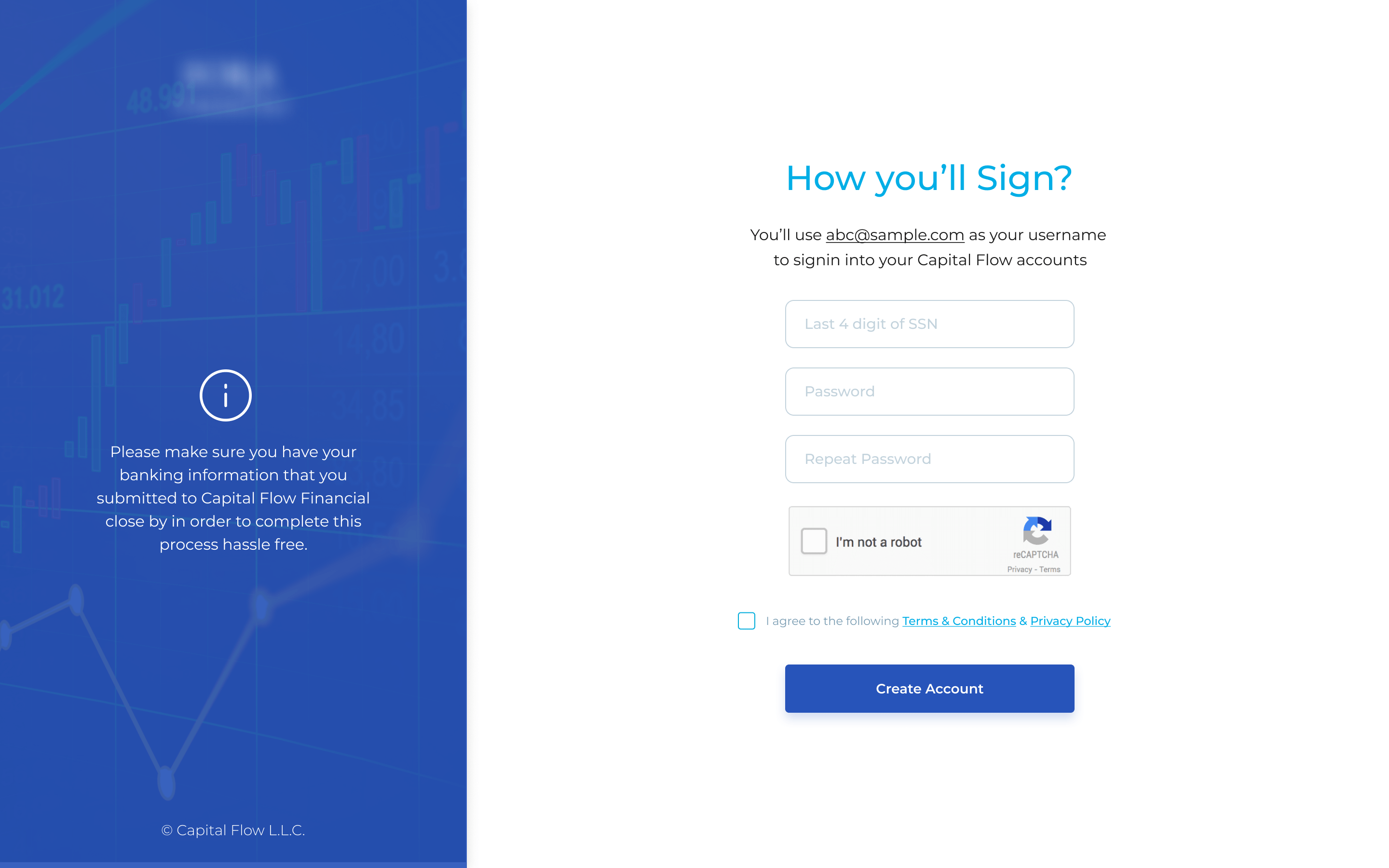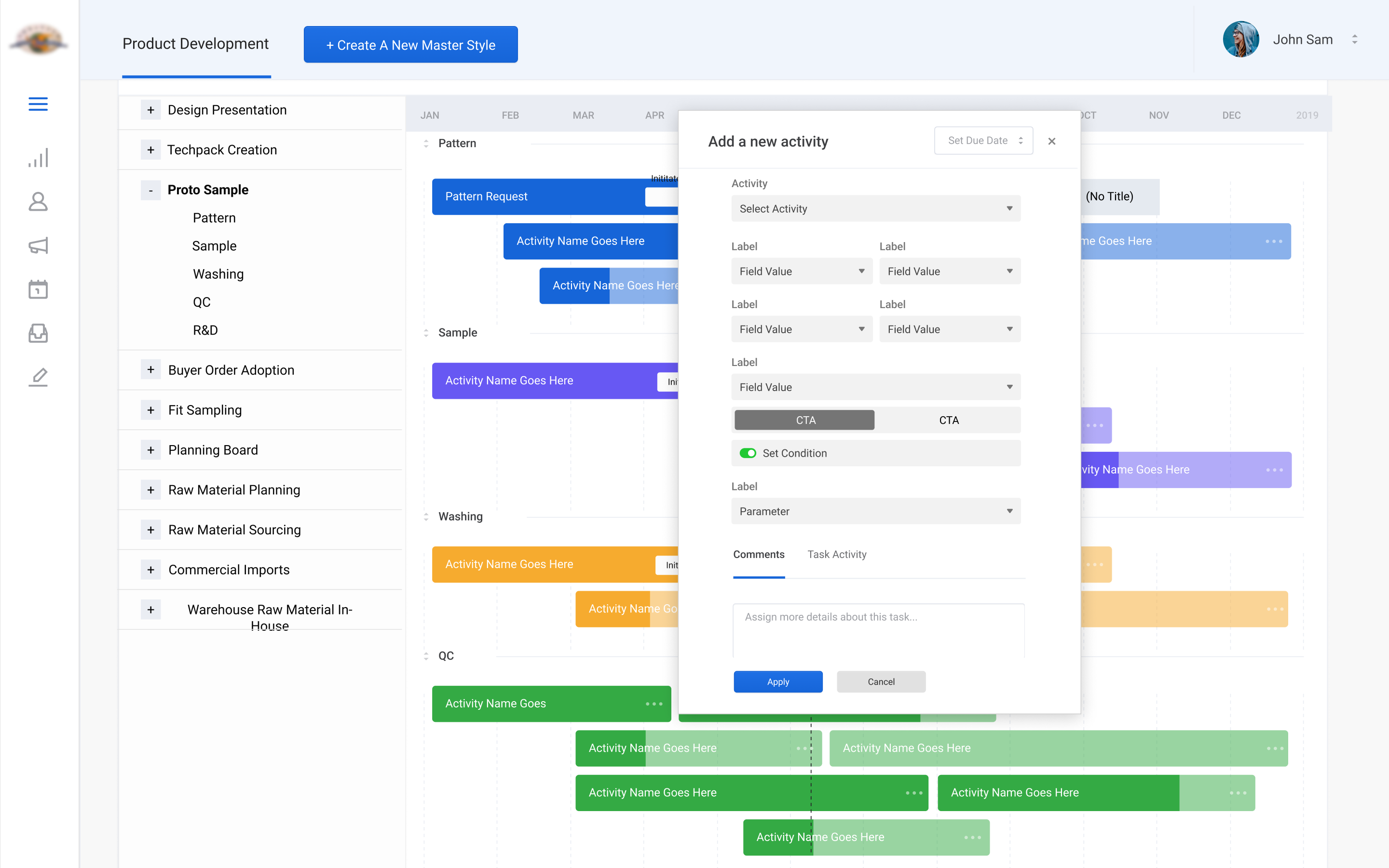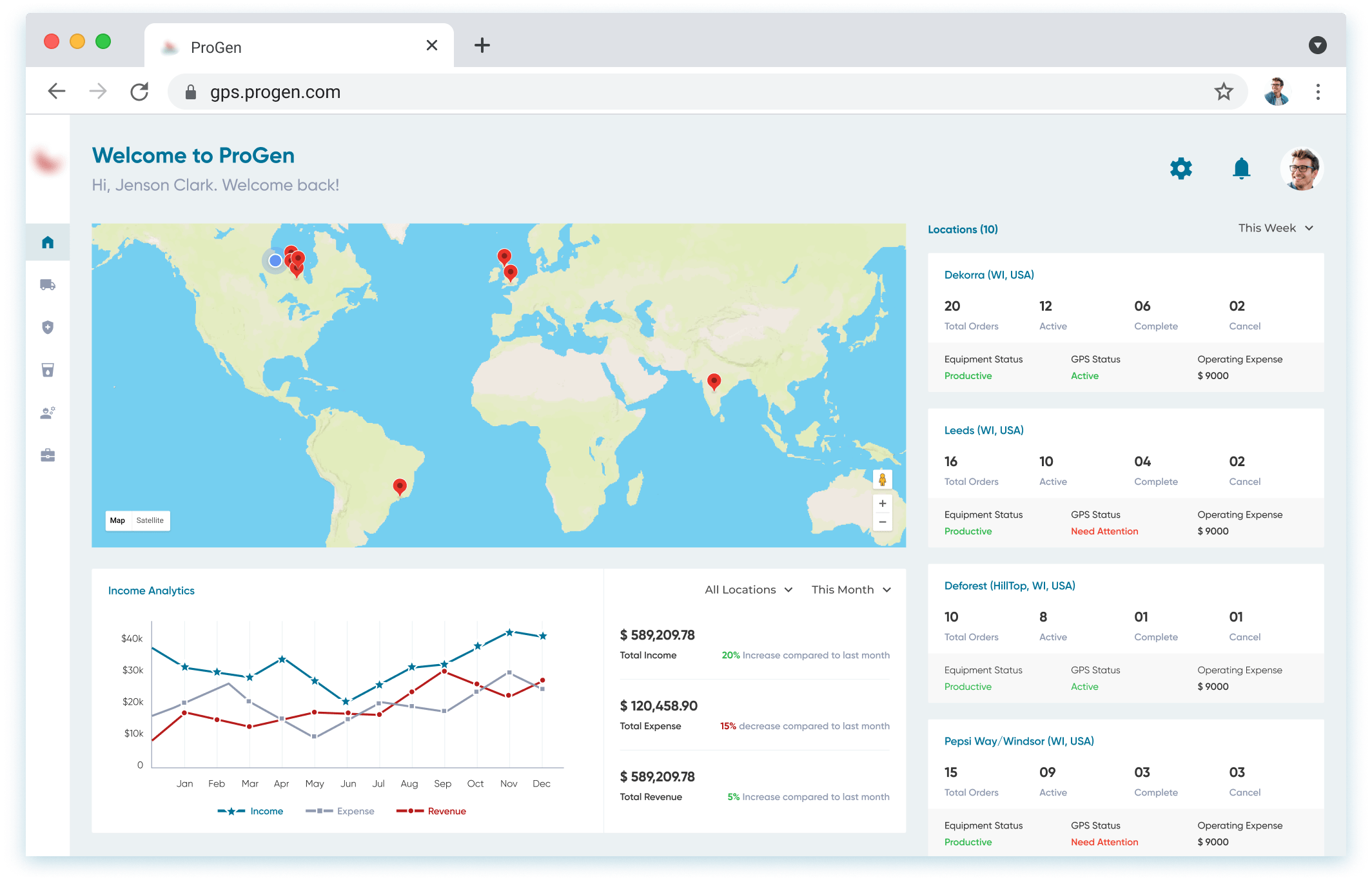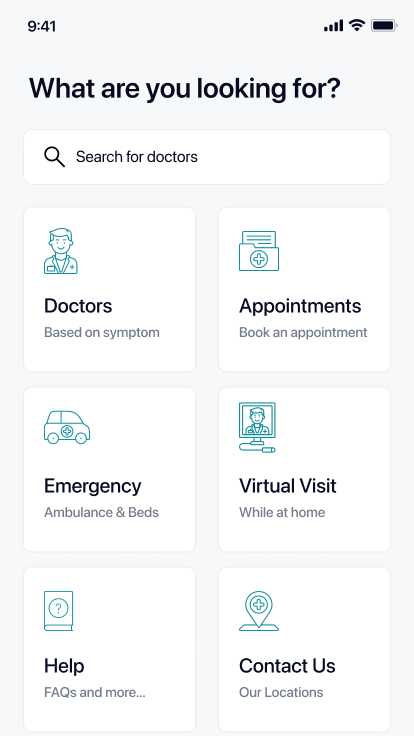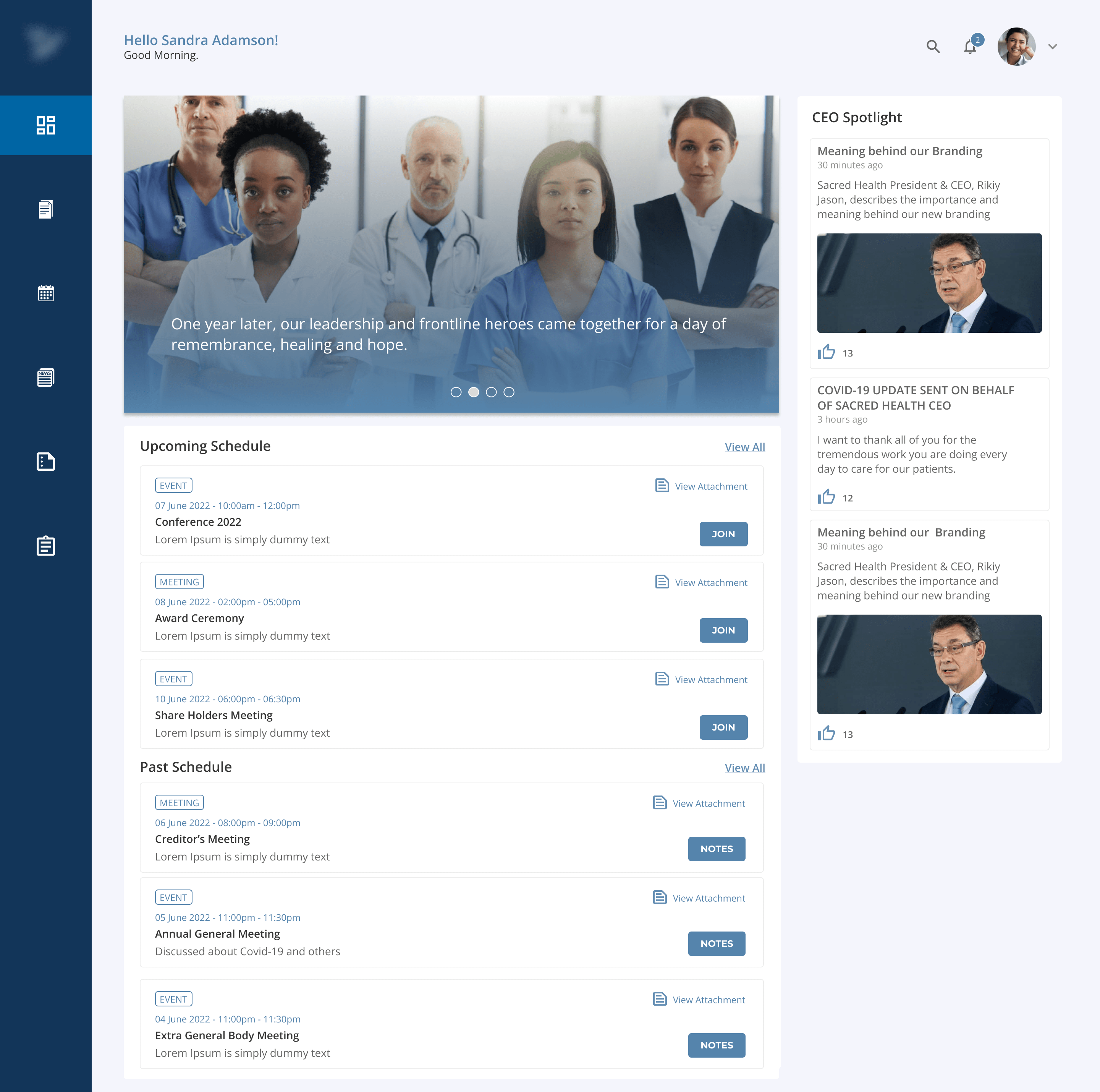I once solved a math problem correctly and my teacher said I would still get zero marks. That day taught me something bigger about life and work.
The Hidden Danger of Optimizing the Wrong Problem: In the world of problem-solving, even the smartest engineers can fall into a trap: optimizing things that shouldn’t exist in the first place.
Let me explain.
A Lesson from the Classroom: Back in school, my math teacher showed us how to solve a problem using the textbook method. When he gave me a similar one, I solved it differently, but correctly. Proudly, I showed it to him.
After a careful review, he said, “Yes, you solved it correctly. But if you write it like this in your exam, you'll score zero marks."
I was confused.
He explained, “You didn’t follow the method in the textbook. It’s not about just getting the answer right."
That moment taught me something profound about education and the world.
The Real Trap: Convergent Thinking. In school, we’re trained to solve problems, not question them. We focus on finding the one correct answer as prescribed in the books, instead of stepping back and asking, Is this the right problem to solve?
This kind of training can create a mental straightjacket, making us blindly optimize what's already given without questioning its purpose.
The Risk of Optimizing Non-Existent Problems: Fast forward to the real world, Many engineers, designers, and leaders spend time perfecting solutions to problems that may not even matter.
You might improve a product feature that customers don’t even want. You might streamline a process that shouldn't exist at all.
No matter how efficient the solution is, if the problem itself is irrelevant, the work doesn’t create real value. It’s like perfecting the details of a painting when the canvas itself is flawed.
A New Approach: Question the Problem First. The real skill isn’t just solving problems, it’s questioning them.
Ask: Is this the right problem to solve?, Does this need to exist?, Is there a better way to approach this entirely?
Real innovation starts when we challenge assumptions, not when we blindly optimize.
In my case, my math solution didn’t need the textbook method to be valid. Similarly, in business and life, we shouldn’t limit ourselves to conventional methods just because they’re accepted.
Think Beyond the Textbook.
Not every problem needs optimizing. Sometimes, the smartest move is questioning if it should exist in the first place.
Let’s free ourselves from mental straightjackets and open ourselves to new possibilities. We might just find better, more meaningful solutions to the challenges that truly matter.
What do you think? Have you seen examples where people spent time solving the wrong problems? Would love to hear your thoughts.
Consulting inquiries for Experience Design and Human-Centered Design: +91 95000 66885

